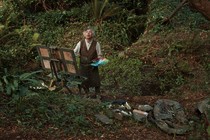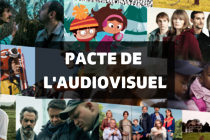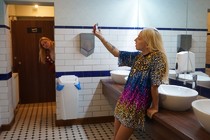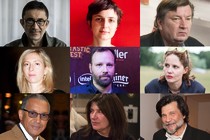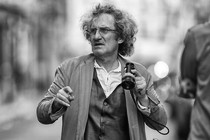Critique : Ricardo et la peinture
- Après la conclusion de sa "Trilogie du mal", Barbet Schroeder choisit d’évoquer la vie d’une belle âme, un peintre talentueux qui est aussi l’un de ses meilleurs amis
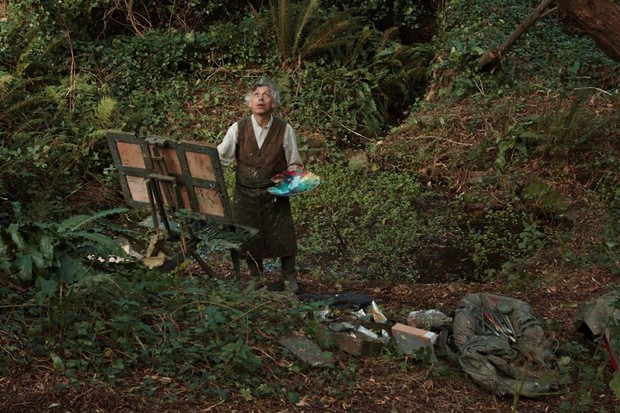
Cet article est disponible en anglais.
Barbet Schroeder’s new documentary, titled Ricardo and Painting [+lire aussi :
bande-annonce
fiche film], world-premiered out of competition at this year’s Locarno film Festival. After bringing to a close his personal ‘Trilogy of Evil’ and zooming in on African dictators (General Idi Amin Dada: A Self Portrait), terrorist cells (Terror’s Advocate [+lire aussi :
bande-annonce
fiche film]) and controversial Burmese monks (The Venerable W. [+lire aussi :
critique
bande-annonce
interview : Barbet Schroeder
fiche film]), the veteran Swiss filmmaker embarks on a quiet, culturally enriching journey with one of his closest friends, the Buenos Aires-born painter Ricardo Cavallo.
In the opening scene, we see the old painter climbing some rocks and entering a cave, while holding his palette, his brushes and his tripod. It’s a beautiful moment, which seems almost enough to tell us how strong the bond is between Cavallo, the art of painting, and the marvellous nature surrounding him.
We find out that the Argentinian artist is a laid-back, modest man who accompanies every meal with rice (it gives him all the energy he needs, he says) and managed to pass on his passion to many children living in his village. He is certainly a very inspiring, kind-hearted character and a great art history connoisseur.
What is the problem with this film then? There is none, or rather, the problem is a lack of engaging conflict, which makes the whole viewing experience essentially flat and slow-paced. In other words, the feature ends up being a long lecture on the history of art where Cavallo discloses something about his work, his sources of inspiration and some great painters of the past such as Monet, Delacroix, Velázquez and Caravaggio, and does so in a freewheeling manner. Even when the artist tells us about his struggles, these are always seen in a positive light (or not even as real challenges) and as something far in time. He doesn’t express any concern, for example, about the fact that he has been working hard as a cleaner for an ad agency and sleeping on the floor for a long time. It’s a type of human resilience that is surely commendable but which, again, shows every struggle as already solved and part of a self-contained anecdote.
What works best are the observational sequences, where Cavallo is left alone working on his next canvas, sporadically interacting with the environment and accompanied by Hans Appelqvist’s gentle score. As the picture moves forward, it tends to get more and more verbose, especially during the two long encounters with art collector, lawyer and winemaker Philippe Pech de Laclause, and later with art gallerist Pierre Astier.
In conclusion, Ricardo and Painting ends up being a hybrid between a TV documentary that is informative but lacks the pacing typical of this format, and an unaccomplished arthouse documentary which combines observational sequences, controlled interviews and casual conversations between the director and the artist.
The ending sequence emphasises what we can learn from Cavallo’s way of thinking and devotion to art. It’s a great closure – both visually and narratively – but it feels rather incoherent when compared to what we’ve seen for most of the previous 90 minutes.
Ricardo and Painting was produced by French outfits Bande à Part Films and Les Films du Losange, in co-production with RTS Radio Suisse Romande and SRG SSR. Les Films du Losange is also in charge of the documentary’s international sales.
Vous avez aimé cet article ? Abonnez-vous à notre newsletter et recevez plus d'articles comme celui-ci, directement dans votre boîte mail.













